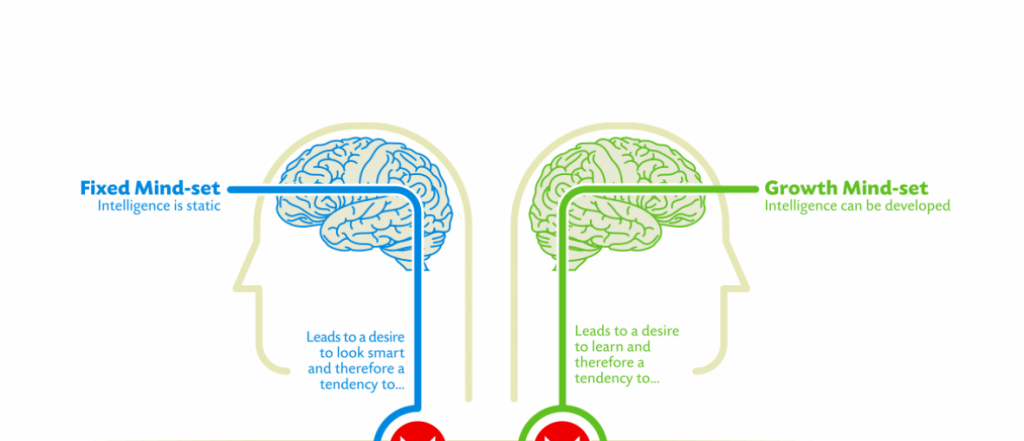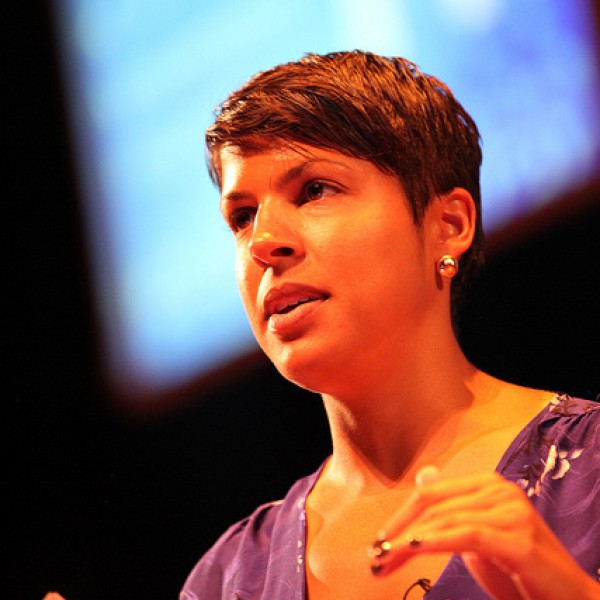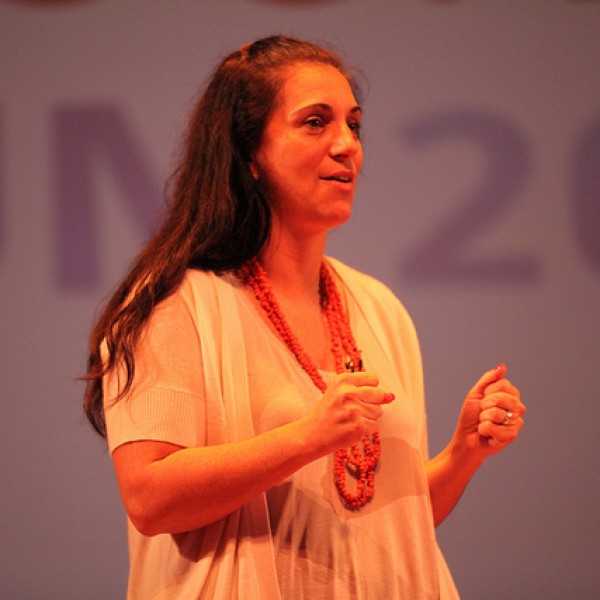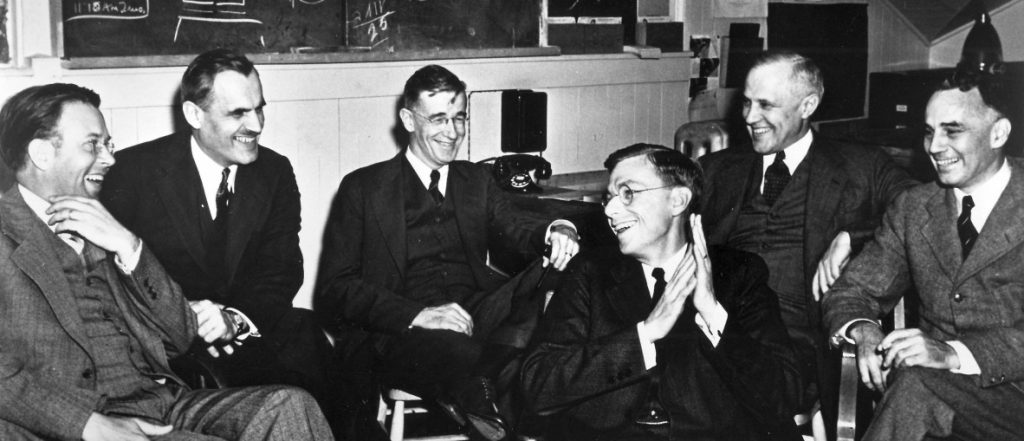Volunteer Coders Force the Dept Of Education to Actually Help Debtors
- KARISSA MCKELVEY
- July 6, 2015
- 7:45 pm
When it comes to making conned students aware of their right to seek debt discharges, and providing the means for them to apply for that discharge, the Department of Education’s technology is essentially nonexistent.
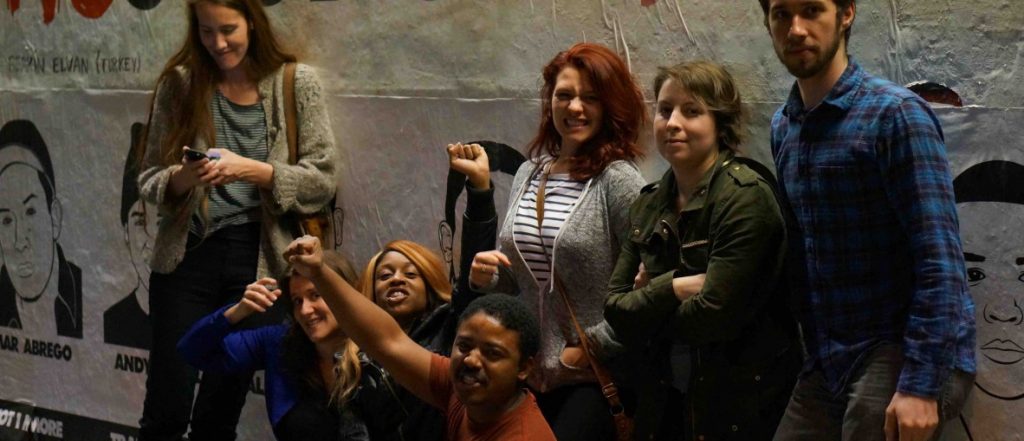
This March saw the launch of a web application that makes it easy for victims of predatory colleges to request student debt forgiveness from the Department of Education. For the first time ever, debtors were able to exercise their right to apply for student debt cancellation on their mobile phones. More than 300 applications flowed in that first week. But this website wasn’t built by the government; it was built by volunteers with the Debt Collective, including myself, in less than a month. The Secretary of Education Arne Duncan frequently touts the virtues of tech, but in so far as modernizing how the agency actually helps current and former college students, the heavy-lifting has been forced onto the backs of students, debtors, and volunteers.
THE NEED
As the total college student debt burden reaches $1.3 trillion, an offshoot of Occupy Wall Street called Strike Debt found that tuition-free education at all public two- and four-year colleges could be achieved with just $15 billion in new spending. Meanwhile, the government is expected to profit from student debt repayments to the tune of $127 billion over the next ten years. To make matters worse, student loans are unique from other kinds of household debt in that they cannot be discharged by bankruptcy. They are nearly impossible to get out from under, even in the most dire of circumstances. With these revelations, it seems true that some or all of this debt is morally illegitimate, and action is needed to give relief to these debtors.
One of the only existing safety nets for millions of student debtors is the Higher Education Act, which gives the Department of Education authority to cancel debt when a school violates state law. But for many years the Department’s website had little to no information on how to dispute debt, let alone an online application to do so. The process was an uphill, seemingly impossible battle for debtors. That is, it was until this year, when a small group of volunteers at the Debt Collective decided to do something radical: the government’s job.
For years, hundreds of thousands of students have found themselves scammed by predatory for-profit colleges. Corinthian Colleges, Inc., was one of the largest and most notorious of these chains. It was clear from multiple government actions and investigations, dating as early as 2007, that Corinthian was rife with deceptive and unfair business practices—from false job placement statistics, securities fraud, to the unlawful use of military seals in advertisements. Despite this, the Department of Education continued to collect on the debt of scammed students, students Secretary Duncan admitted left Corinthian Colleges “in a worse position than when they started.”
After months of watching the Department of Education do nothing, while hearing story after story of lives ruined by unpayable debt, our team at the Debt Collective decided to make a move. With help from some amazing lawyers, we began to craft a process to dispute students’ debt. Law student Luke Herrine spent hours coordinating our strategy with a team of legal experts, creating a multi-page application form that affected and eligible debtors would need to fill out by hand. In the form, each debtor needed to cite the specific legalese appropriate for their state. It wasn’t even clear that the Department would recognize the forms as legitimate—no one had ever done this sort of thing at scale before, and the Department had little-to-no information on their website. With an entirely paper-based and manual method, our first, ambitious goal was to submit 50 applications—one for each state.
THE APPLICATION
As the Facebook groups for former Corinthian students grew larger, it became clear that the goal of 50 Defense to Repayment applications was not enough. We wanted to dispute the debt for as many debtors as possible.

Karissa McKelvey (left) and
Ange Tran (Photo courtesy Karissa McKelvey)Designer Ange Tran suggested we make a “wizard”—an application that walks debtors through each section of the long legal form. Tran had previously created a similar solution to automate sending letters for pro-solar policy advocacy in New York State. But years later, with a solid tech team and a large group of debtors in solidarity, our new application could take the concept further with mobile-first validated design, data-driven progress dashboards, and secure data storage. It needed to be built fast, too—as every day without a submission system meant another day of financial hardship and debt collector harassment for hundreds of thousands of debtors.
Our online form had to enable a debtor to submit a variety of information about themselves: sensitive data, such as their social security number, birthdate, and address; state law(s) broken by the school that would fall under the Defense to Repayment provision (that changed based upon the state the student had lived in); and supporting materials, such as their story or evidence of abuses. Making people fill out a PDF directly using Acrobat would lead to a substantially lower conversion rate. Many don’t have access to a desktop or laptop computer, become overwhelmed by long forms, or have limited time with their busy schedules.
The website had to be easy to read—checkboxes needed to hide away complicated legalese, replaced automatically using a spreadsheet of related paragraphs. Data had to be transferred over a secure, encrypted channel (https) with the completed forms accessible through only one secure administrator account to protect the privacy of debtors. With a conveniently-timed lull in funding for my day job, I began developing the back end system and overseeing the technical architecture, working with Tran, Herrine, and our front end developer and designer Zach Greene.
We released the prototype to the public on March 25 after four weeks of research, design, and development. Within a week, the Debt Collective received over 300 applications (over 2000 to date). Herrine printed out hundreds of applications by hand and delivered them to the Department of Education with representatives from the Corinthian strikers. (When we asked the Department if we could send claims by email, they said no, they would have to be printed and submitted on paper.) Although the Debt Collective continued to submit applications on the behalf of debtors over the next few weeks, the Department of Education remained silent. We wondered if they were overwhelmed by the volume of forms.
THE RESPONSE
Finally, after two weeks, the Department of Education announced that they would consider the discharge of some students’ debt. This was a major victory for those affected, but also led to a tremendous revelation about the limits of the Department. They maintain that most debtors must still submit forms individually to prove their injury. A select group of 40,000 Heald students can submit to a “fast track” process, and need only complete an attestation form. But, laughably, the form only works in Adobe Acrobat—not on smartphones or other PDF programs. No wonder only 180 of the 40,000 eligible students have completed the form so far!
The Department of Education loves certain applications of technology. In April, Secretary Duncan published a piece on Medium.com on the importance of expanding the role of technology in the classroom. And they have an entire Office of Innovation and Improvement that provides grants for education innovation. But when it comes to making conned students aware of their rights to even seek debt discharges, and providing means for them to apply for that discharge, the Department’s technology is essentially nonexistent. If we could fashion a superior solution with a rag-tag, mostly-volunteer crew in two weeks and get the word out to thousands of students, why can’t a government agency with billions in funding do the same?
Despite the vast amount of money, human resources, and technical knowledge the Department possesses, it still does not have an automated process to discharge the debts of all Corinthians—or any students—at once. The government’s failure to build technology may be one of intentional neglect, to erect barriers to legal processes to which we are entitled. There are resources the Department could use inside and outside of the government, such as 18F and Code for America, to build superior technology that better connect the data warehouses that track past, current, and future students and their family’s finances. But so far this hasn’t happened. Unfortunately, this is not a technical problem but a political problem. The onus of bad debt is placed onto the individuals who took the debt, not on the corporations that profit. And right now the Department’s technological priorities reflect that attitude.
We’ve proved that something as simple as a PDF generator and mobile-first web front end can radically affect the landscape of education policy, but there’s still a lot of work left to do. We plan on extending the current application to work for all student debtors from multiple colleges, not just the Corinthian chain.
As a Bay Area “techie,” I’ve heard more times than I can count that we are somehow “changing the world”—and usually I find it offensive. The tech community is rich with stories of startup-driven “disruption” that upends the status quo in a particular sector, without attention immediate needs within the political-economic climate. The fetishization of “disruption that changes the world” overlooks relatively simple efforts, aggrandizing those that affect more “fundamental” functions of the economy or the technology that runs it. But as government technology waxes and wanes, startups fail, and bubbles pop, we must dare to ask—what if the best things we can do in civic tech aren’t the most complex, cutting-edge, or “innovative” technological feats, but rather ones that are attuned to real needs on the ground and made in dialogue with grassroots communities and activists? Technology alone can’t “change the world,” but when technological is employed strategically by social movements, it can certainly help us do so.
Karissa McKelvey is a programmer and former academic experienced in building interactive data visualization and collaboration tools.
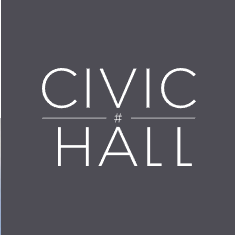
 is terrifying, nor because I was disappointed in myself because I lost my cool, and created an extreme, unbridgeable divide between our viewpoints by invoking the Holocaust. No, this conversation was most terrifying because these people were not bad people. They were the type of people I appreciate: good, kind, hard-working people who love their kids and their family.
is terrifying, nor because I was disappointed in myself because I lost my cool, and created an extreme, unbridgeable divide between our viewpoints by invoking the Holocaust. No, this conversation was most terrifying because these people were not bad people. They were the type of people I appreciate: good, kind, hard-working people who love their kids and their family.
